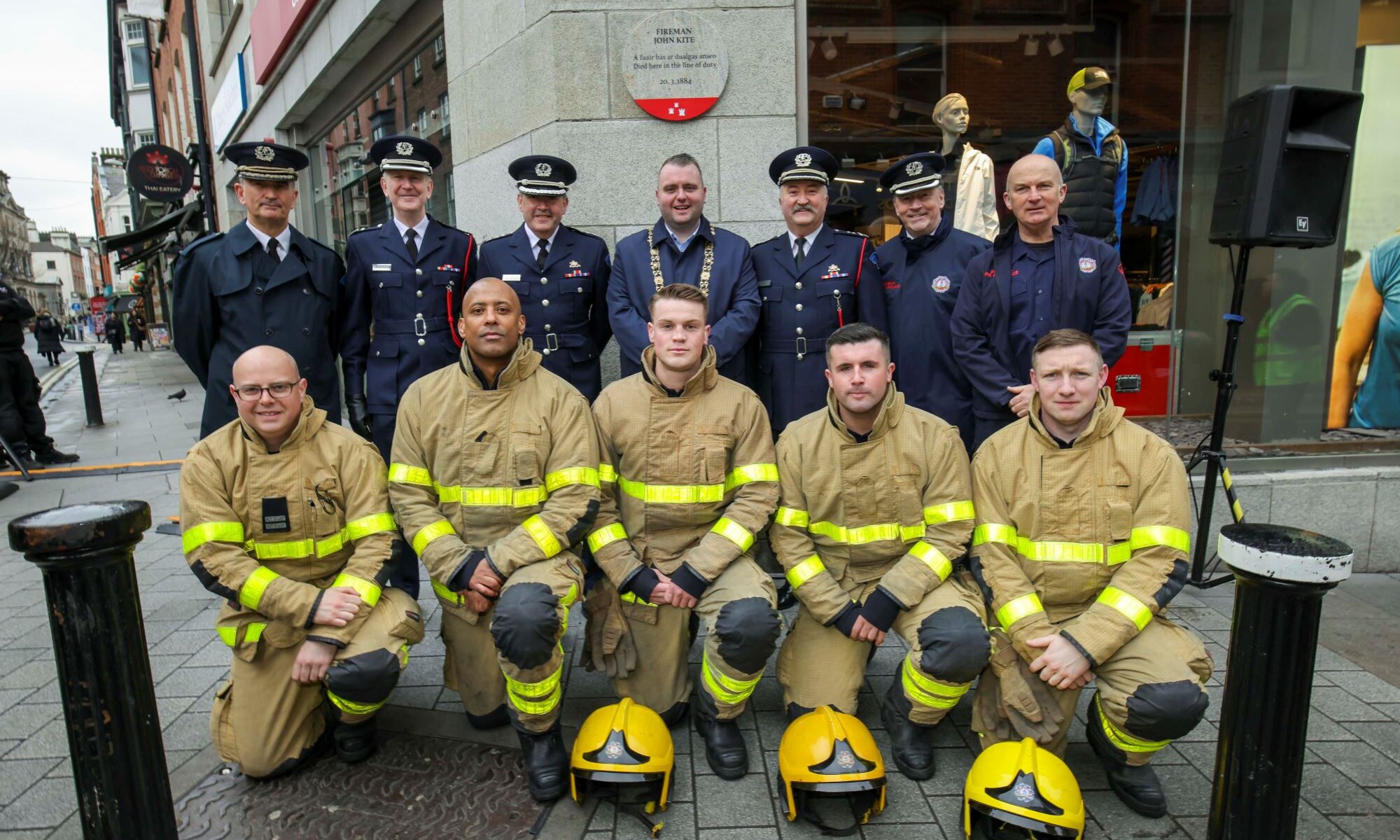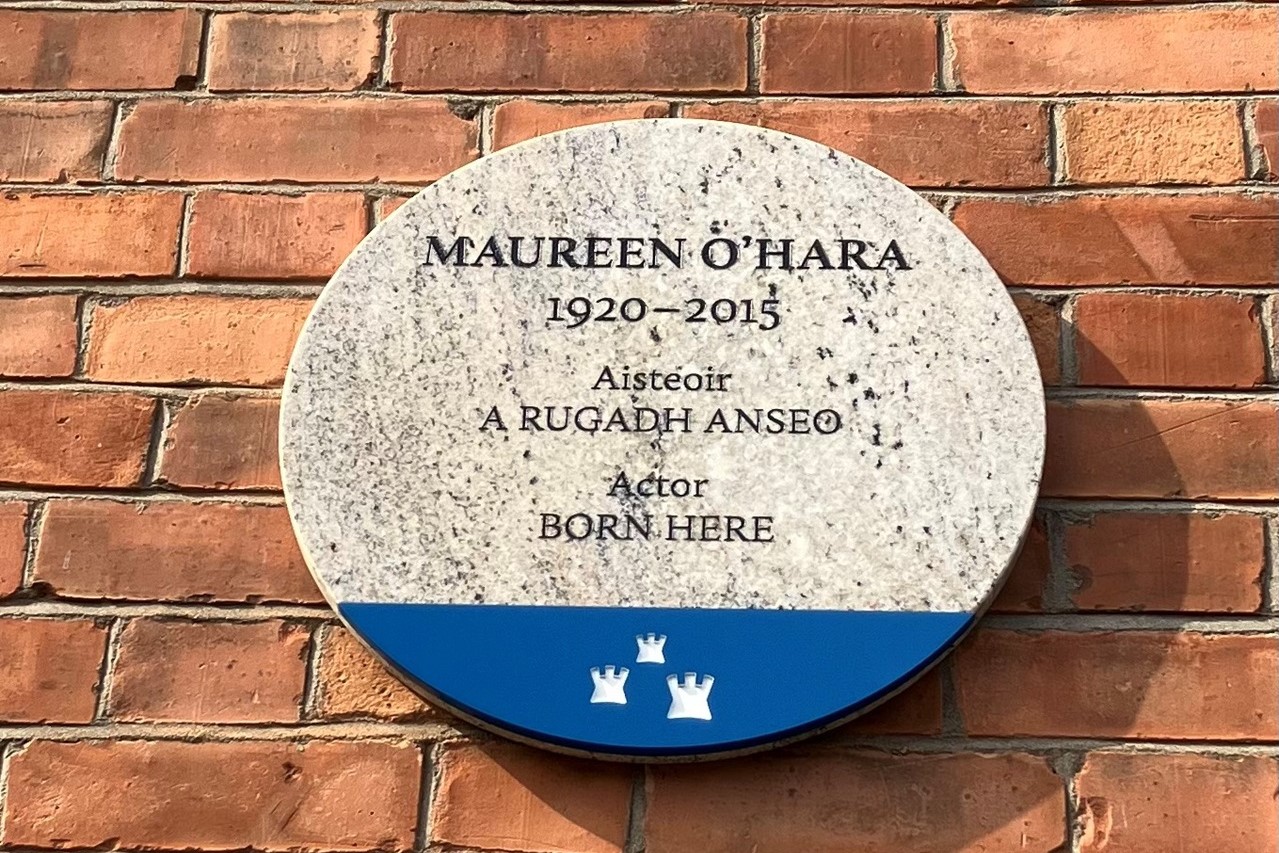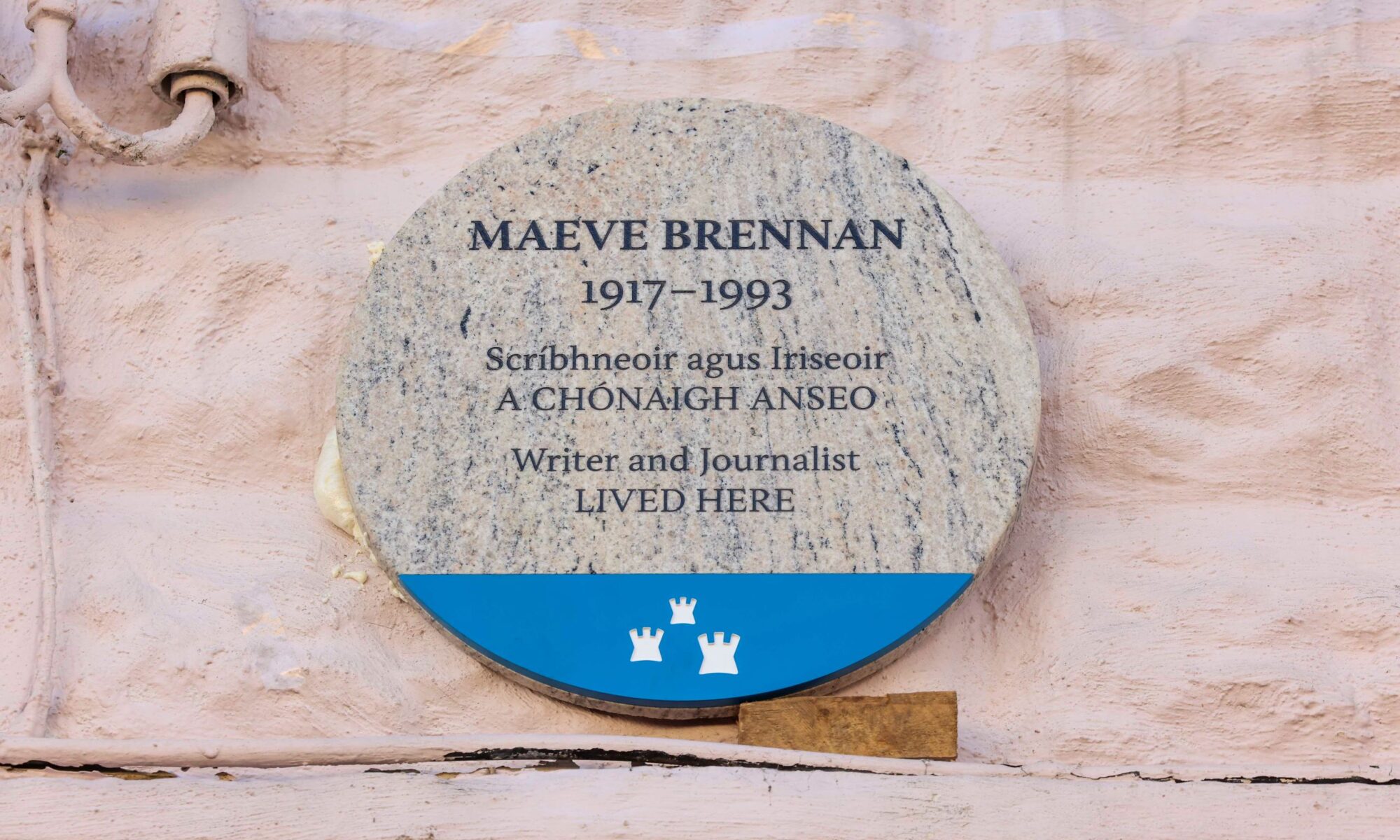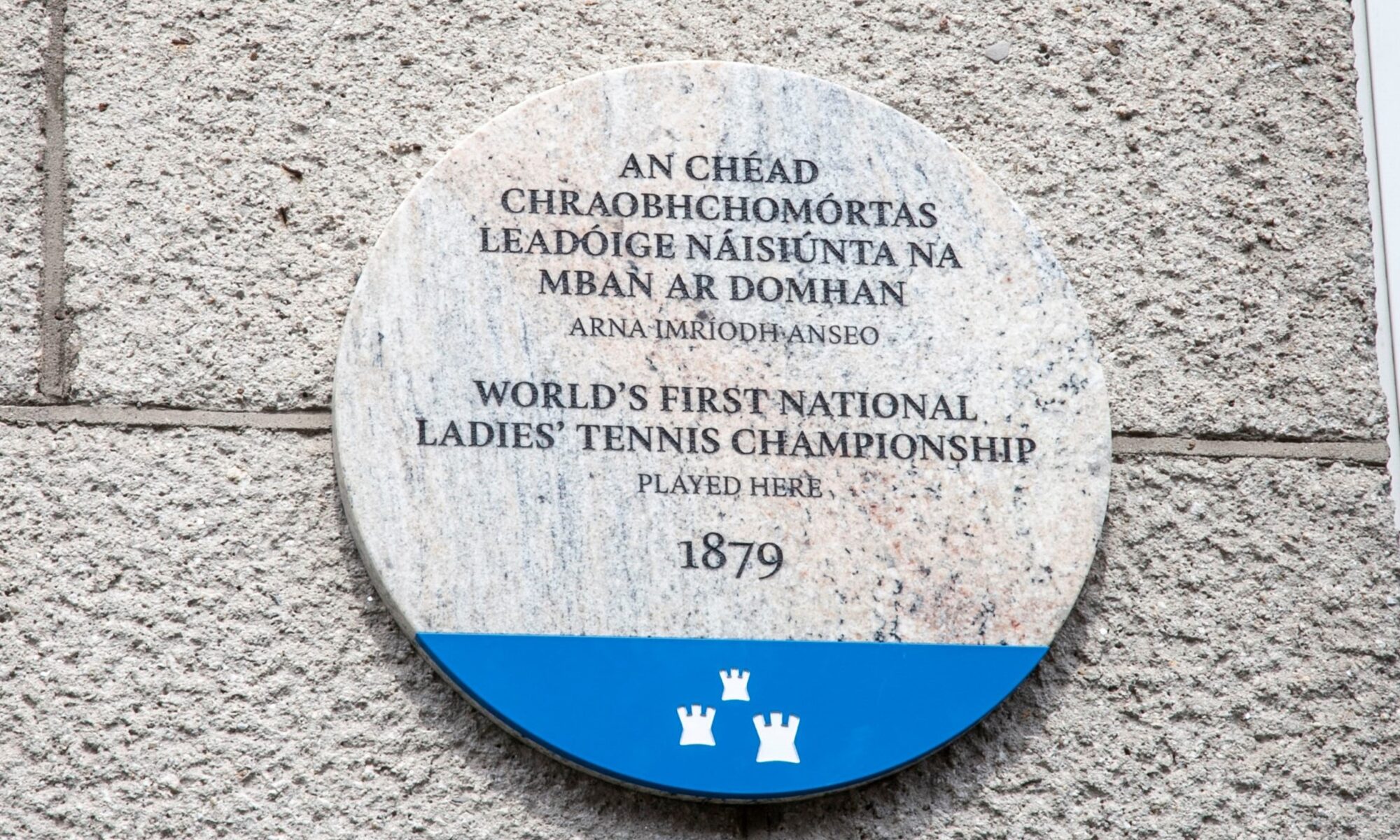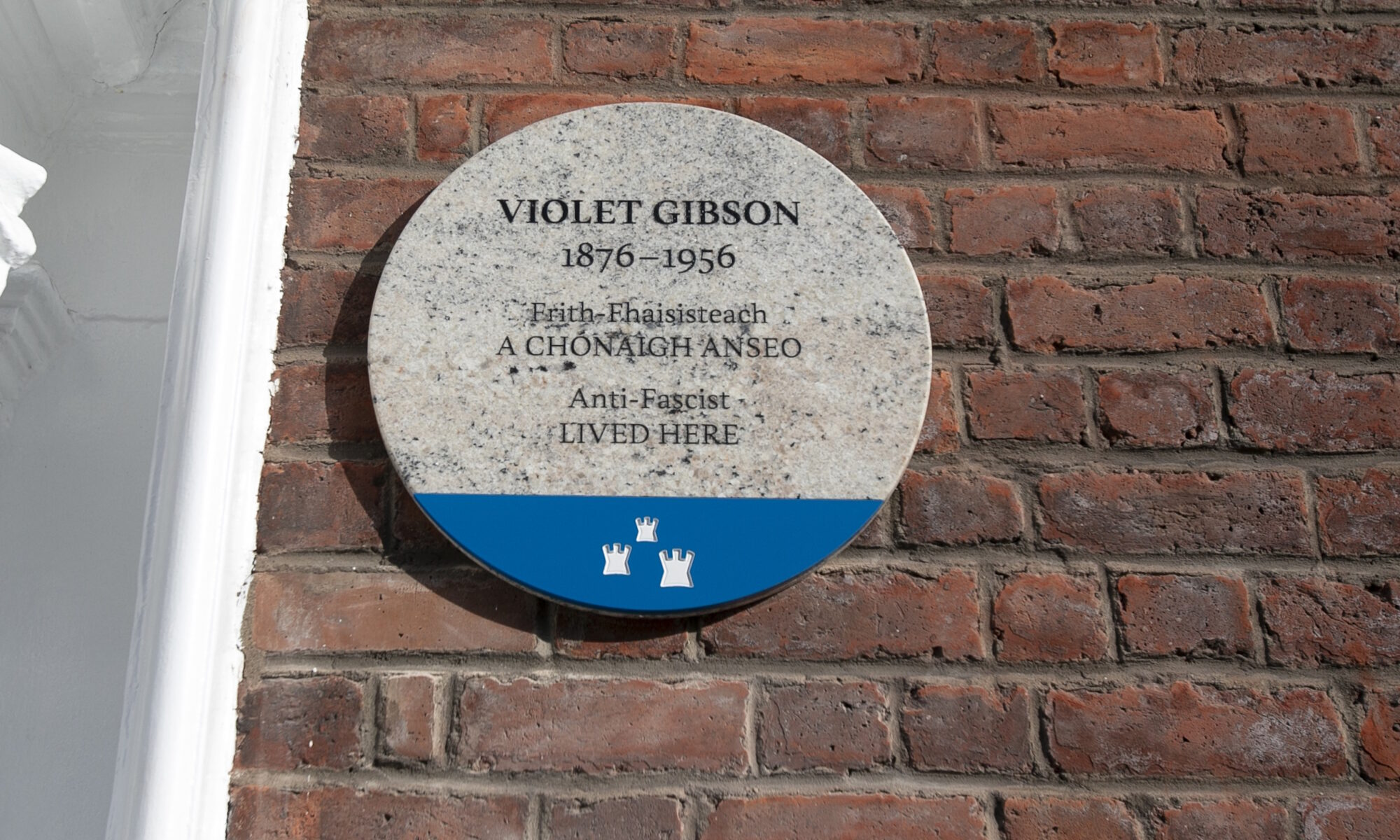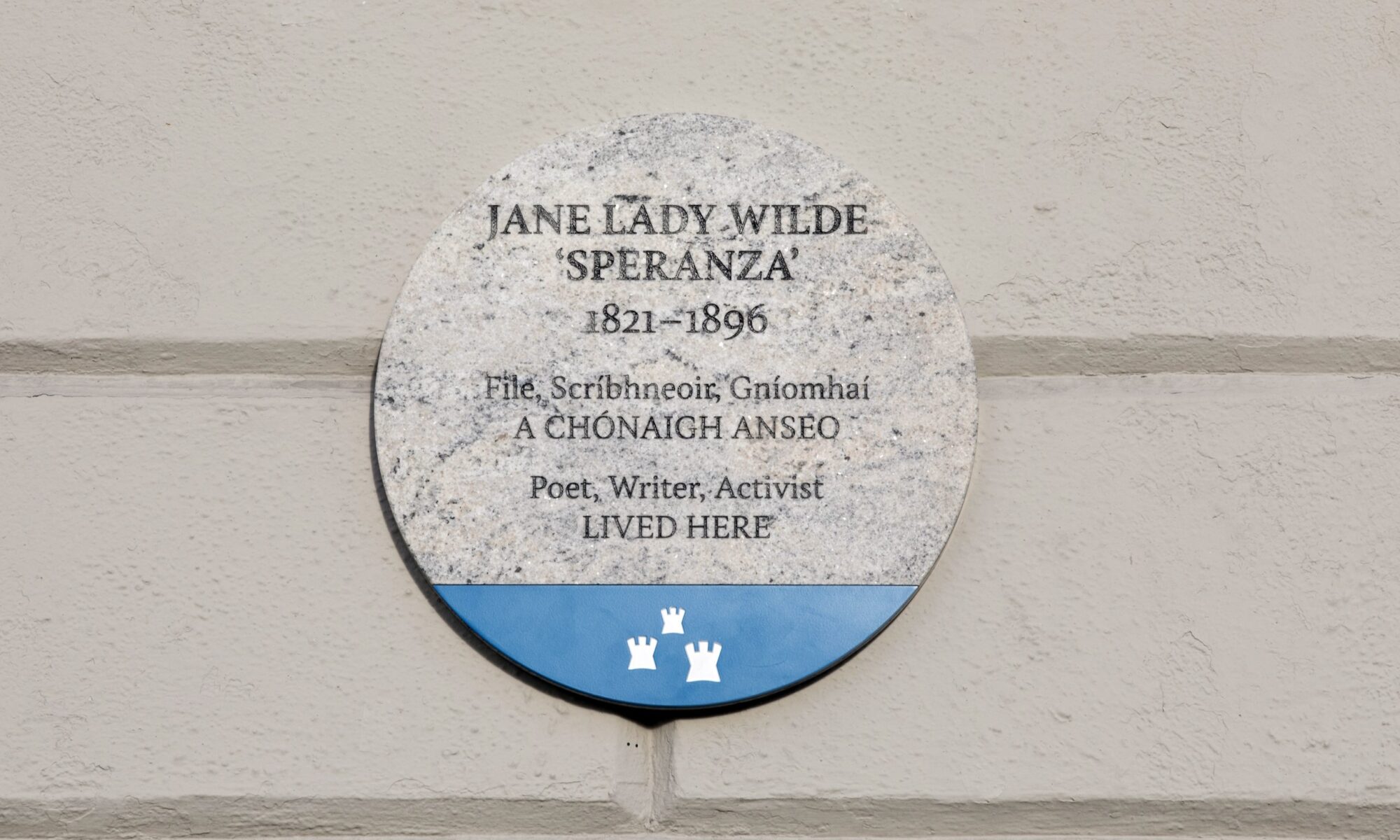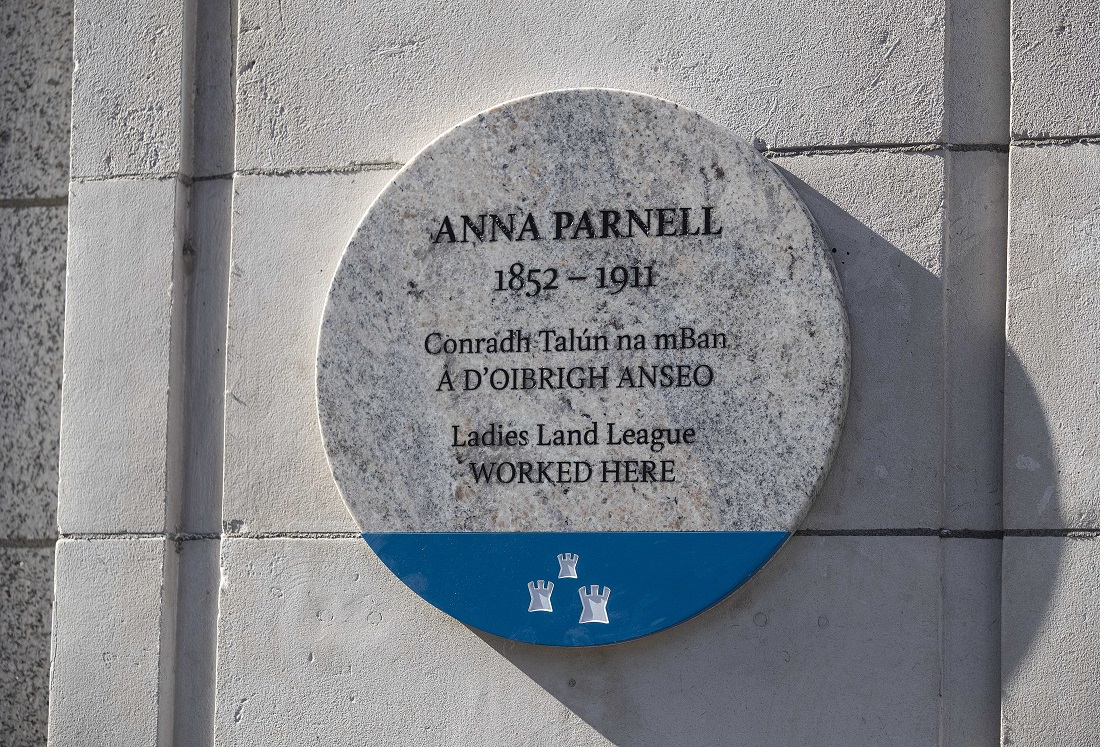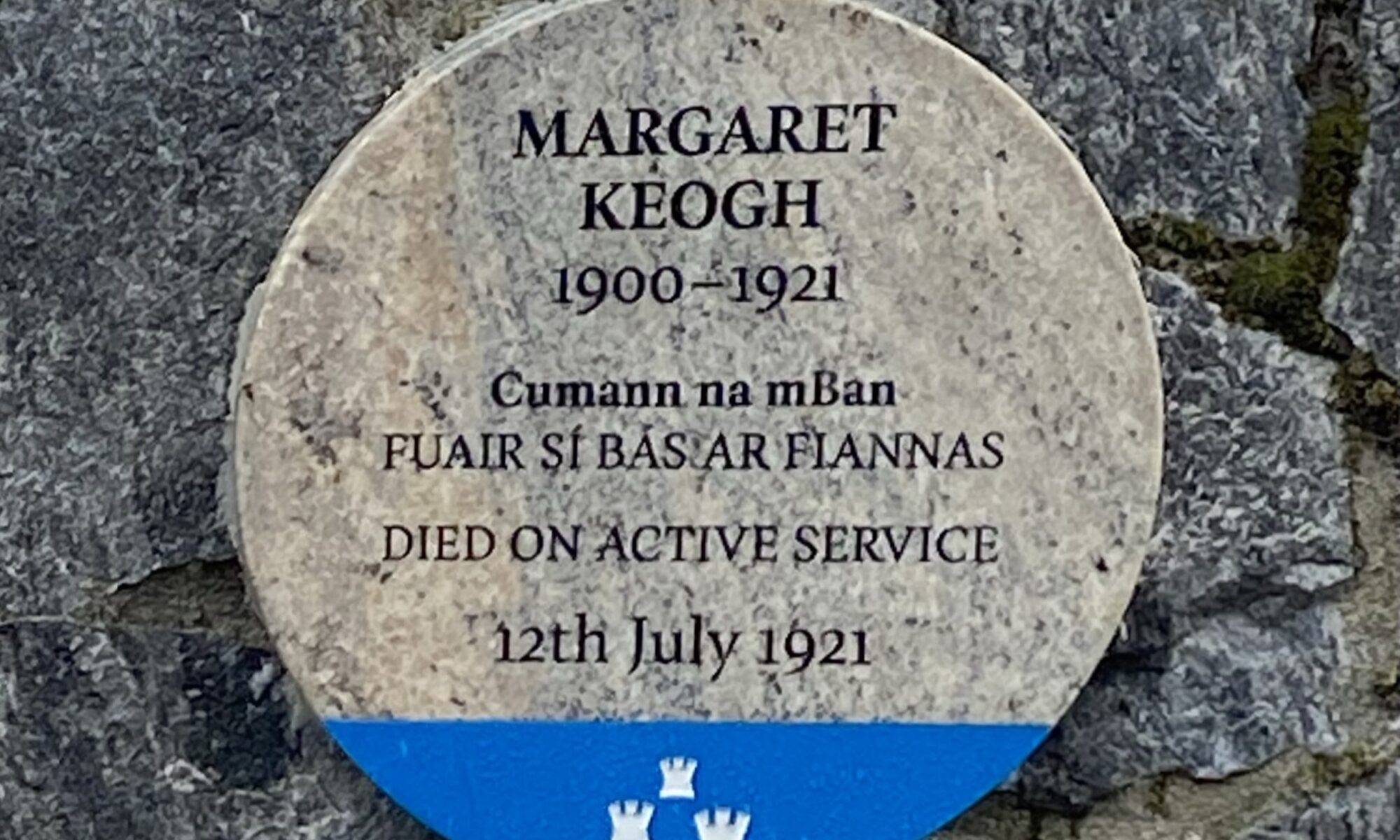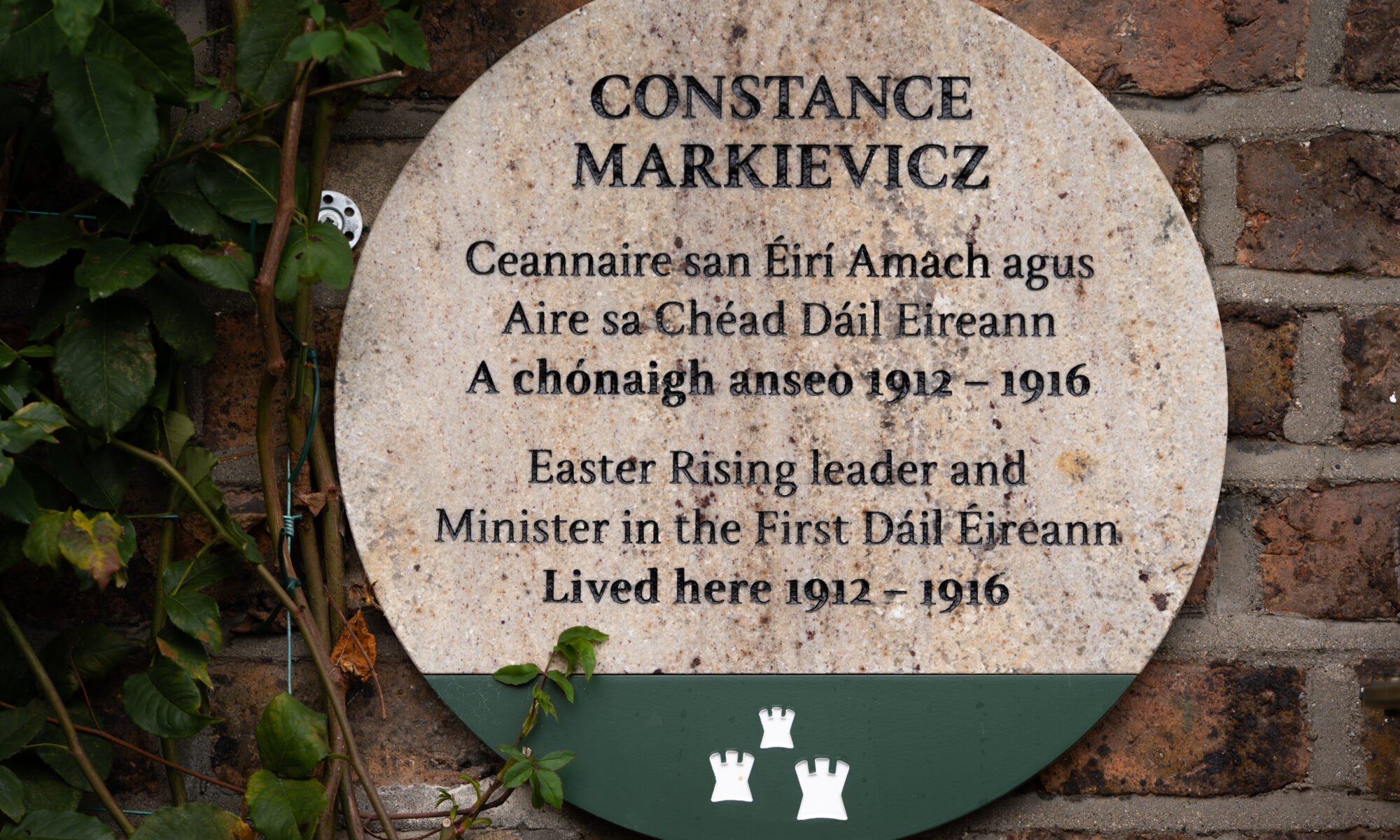This plaque, at 32 Beechwood Avenue Upper, Ranelagh, commemorates the the iconic Irish actress, Maureen O’Hara.
Born Maureen FitzSimons in 1920, O’Hara went on to become one of the most beloved actresses of her generation, starring in timeless classics like The Quiet Man, Miracle on 34th Street, and How Green Was My Valley. Known for her fiery red hair, her fierce independence, and her captivating performances, O’Hara left an indelible mark on both Irish and international cinema.
Read about Maureen O’Hara in the Dictionary of Irish Biography.
The plaque was unveiled on 7 September 2024, at Maureen O’Hara’s childhood home, by the Lord Mayor of Dublin James Geoghan; Dr Ruth Barton, film historian from Trinity College Dublin, spoke about O’Hara’s importance as a pioneering woman in cinema and her lasting legacy in the world of film.
